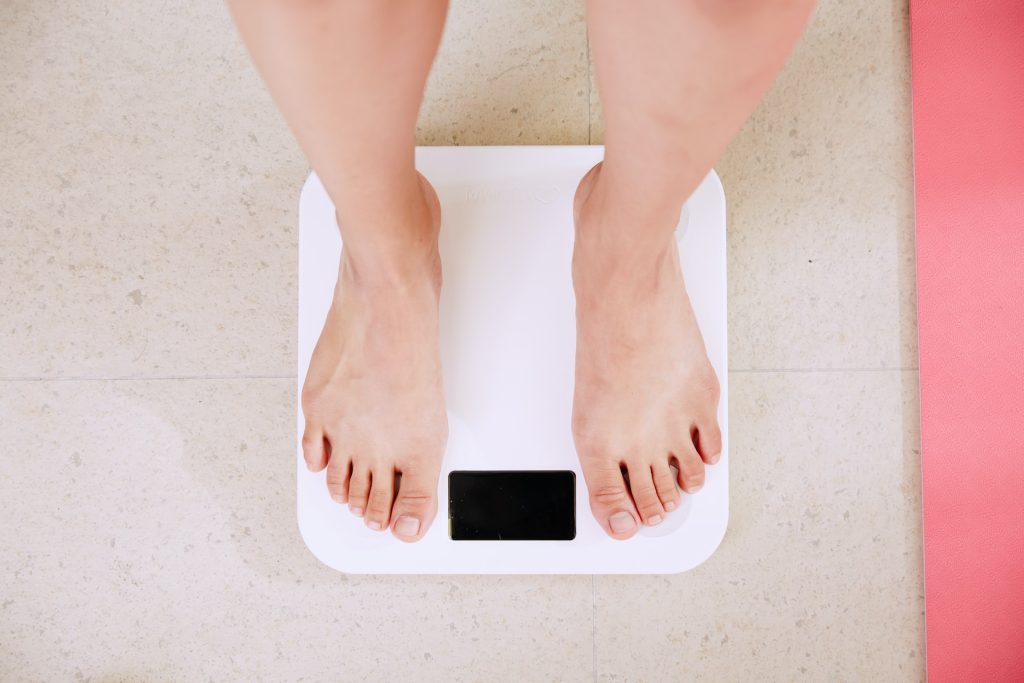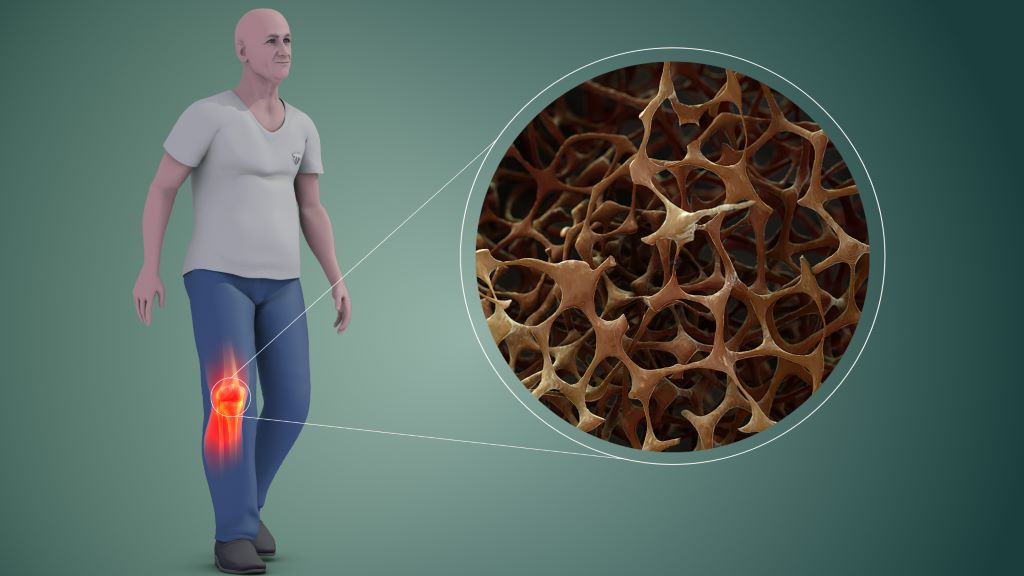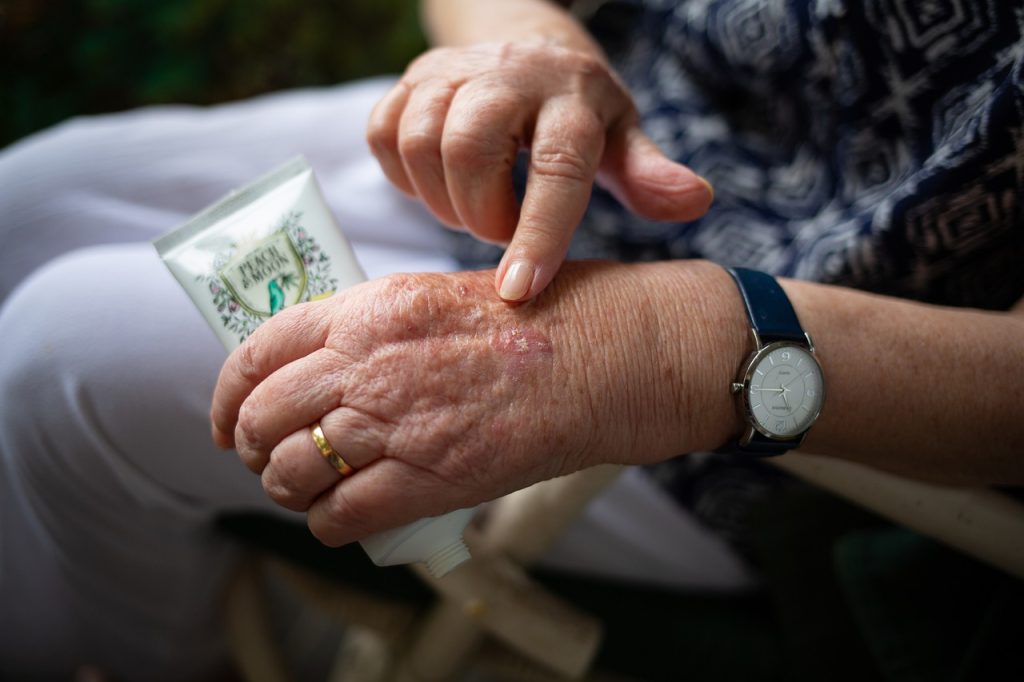Stopping HRT Leads to a Period of Higher Fracture Risk for Most Women

A new study has found that the bone fracture protection women get from menopausal hormone therapy (MHT, also known as HRT) disappears within a year of stopping treatment.
In the new study, published in Lancet Healthy Longevity, experts from the School of Medicine at the University of Nottingham, also found that in most cases, stopping treatment is then followed by some years of elevated fracture risk compared to women who have never used MHT. Fracture risks then falls to be similar to, and then lower than women who have never used MHT.
The study was funded by the National Institute for Health and Care Research (NIHR) SPCR.
During menopause, all women experience a drop in hormone levels, particularly of oestrogen. This can cause a range of distressing mental and physical side effects, requiring use of MHT. However, oestrogen deficiency in women also leads to increased age-related bone weakening. Previous studies have confirmed a protective role of the oestrogen component in MHT treatments, and MHT is known to decrease fracture risk when it is being used.
However, MHT is also associated with increased risk of breast cancer and blood clots, so long-term MHT use is not recommended. For women using MHT to counteract increasing bone fragility, it is, therefore, important to know the strength and persistence of any protective effect after stopping treatment. Detailed information on this aspect from past studies has been unclear – covering only the first couple of years, and also being somewhat conflicting.
In this new study, experts used data for 6 000 000 women from around 2000 GP surgeries in the UK, which allowed them to follow-up of fracture risk levels for up to 25 years. The researchers identified all women with records of first fracture (cases) and matched each to a number of women of the same age and from the same practice, but without record of fracture (controls). They then compared the MHT use in cases before their fracture with the MHT use among their matched controls.
The findings of our study confirmed that women on MHT show a progressively reducing fracture risk compared with women not using MHT. More importantly, we also observed a clear pattern of risk change after therapy was discontinued. For most women, the bone protective effect of MHT use disappears completely within about one year of treatment being stopped, then their fracture risk rises compared to never users, peaking after about three years, before declining to become again equivalent to never users – about 10 years after discontinuation – and then again continuing to decline relative to never users. So, even after stopping MHT, women should benefit from notably reduced fracture risk in their later decades.”
Dr Yana Vinogradova, from the Centre for Academic Primary Care in the School of Medicine, and lead author of the study
This observed risk pattern was the same for all menopausal hormonal treatments, but the level of excess risk depended on the treatment type and the length of past MHT use.
“Our comparative illustration of observed patterns of fracture risk for short and long use can help doctors and patients when discussing MHT treatment options, and to consider how fracture risk may change after stopping MHT use. Anticipating periods of increased risk might prompt doctors to check patients’ bone health at discontinuation, particularly for patients most at risk with other fracture risk factors such as smoking or inactivity.
“These novel findings may also usefully stimulate further clinical and biological research into these treatments,” adds Dr Vinogradova.
Source: University of Nottingham









